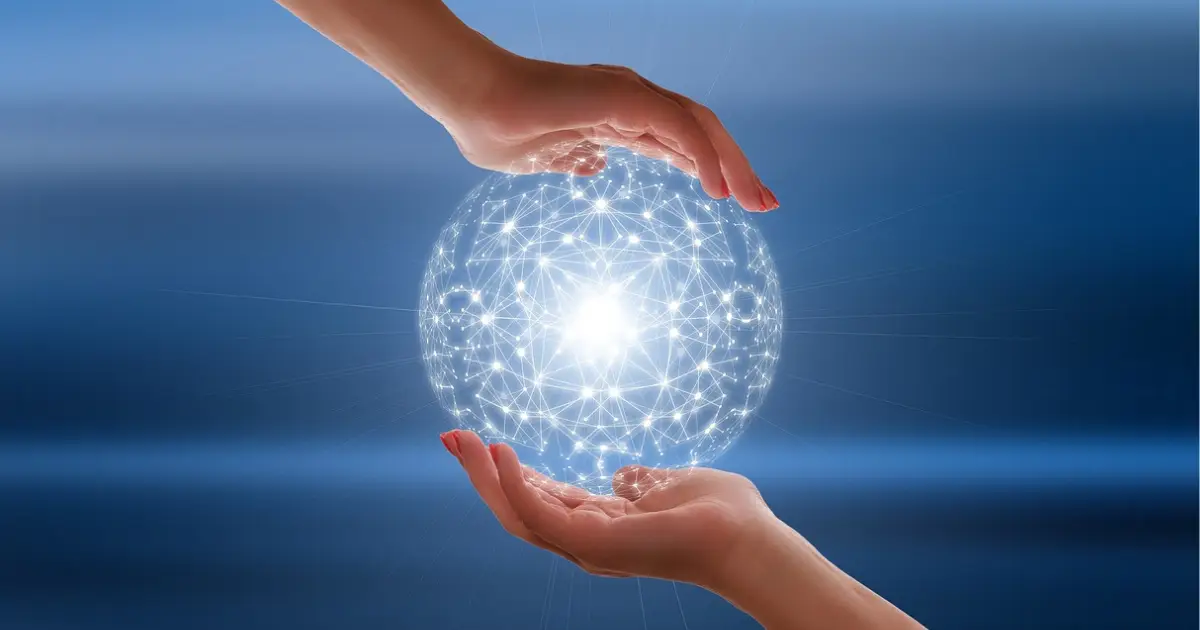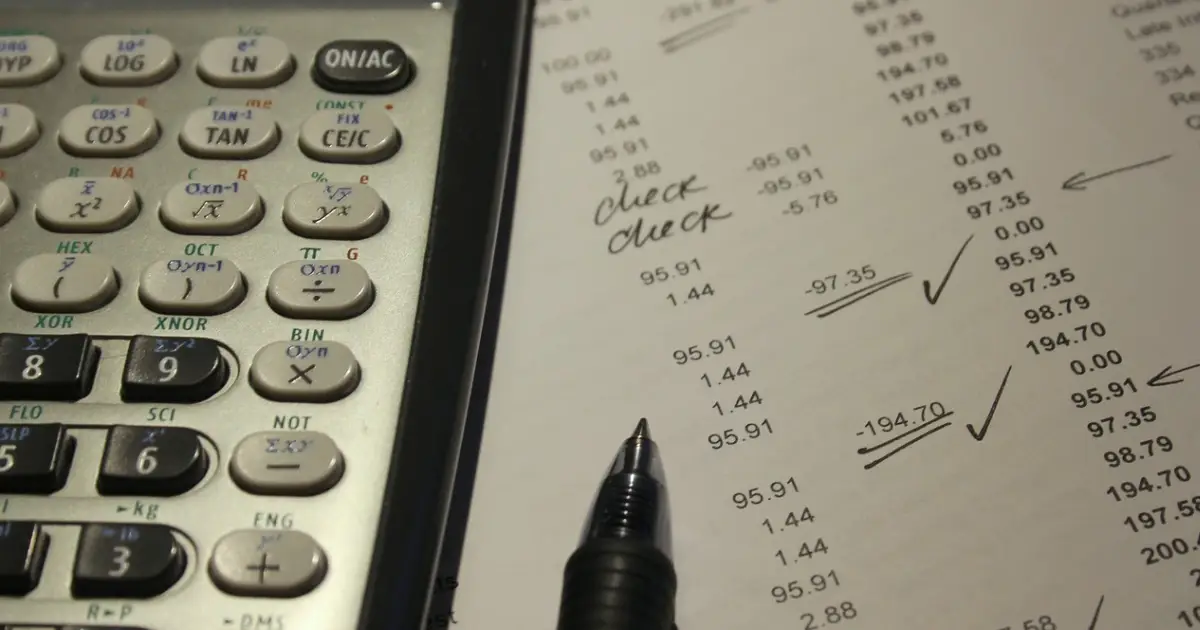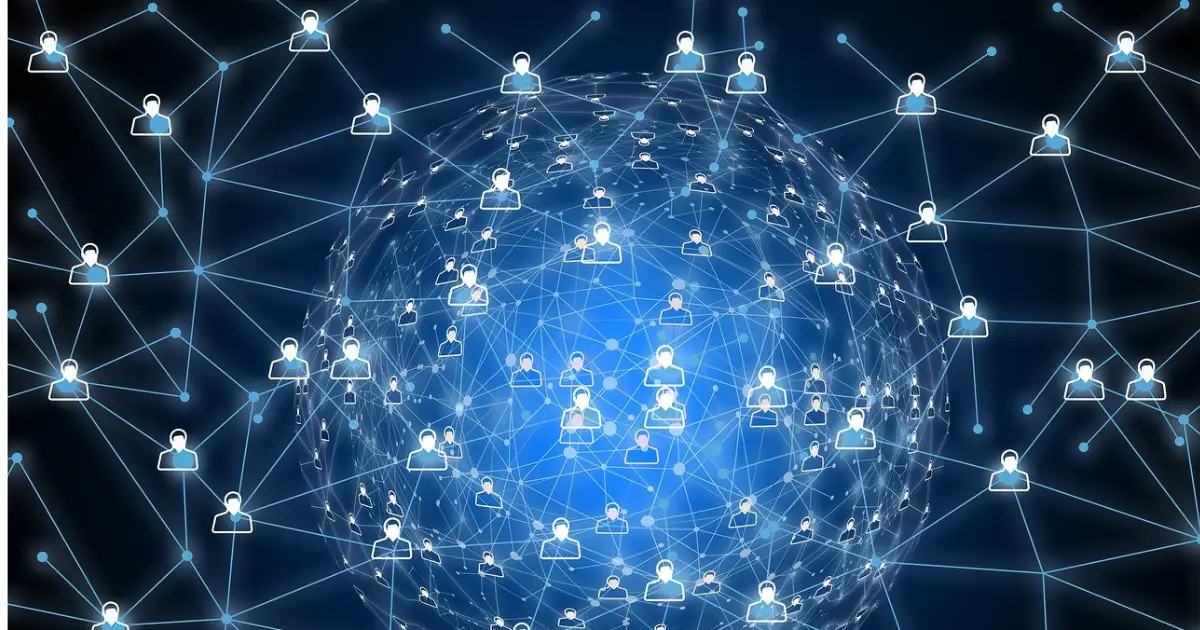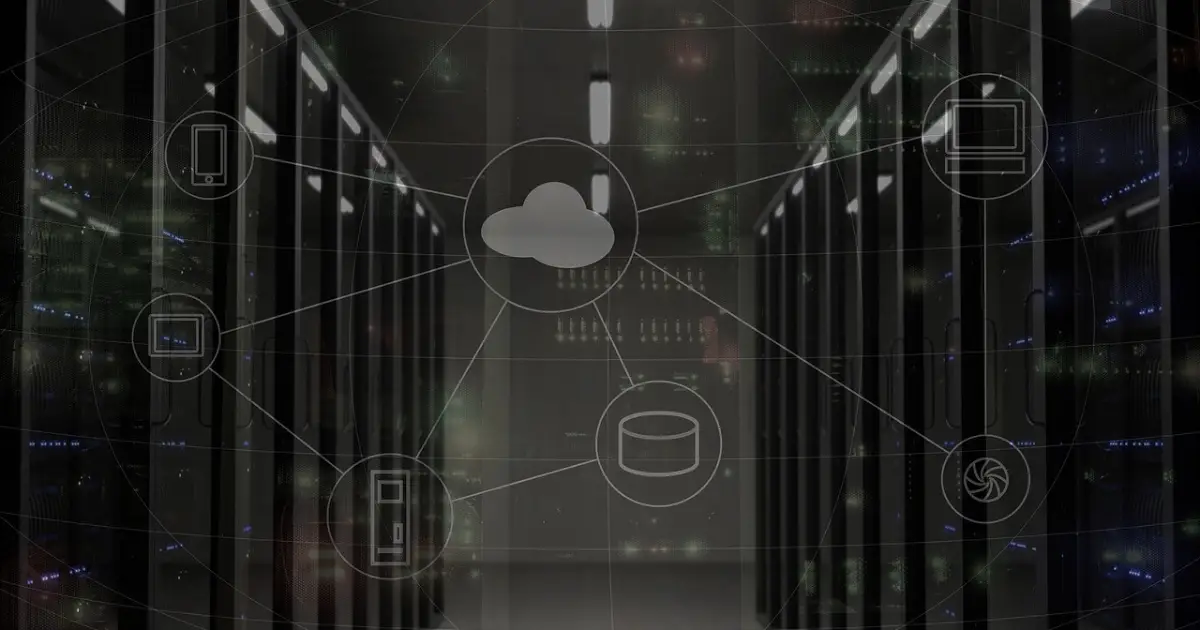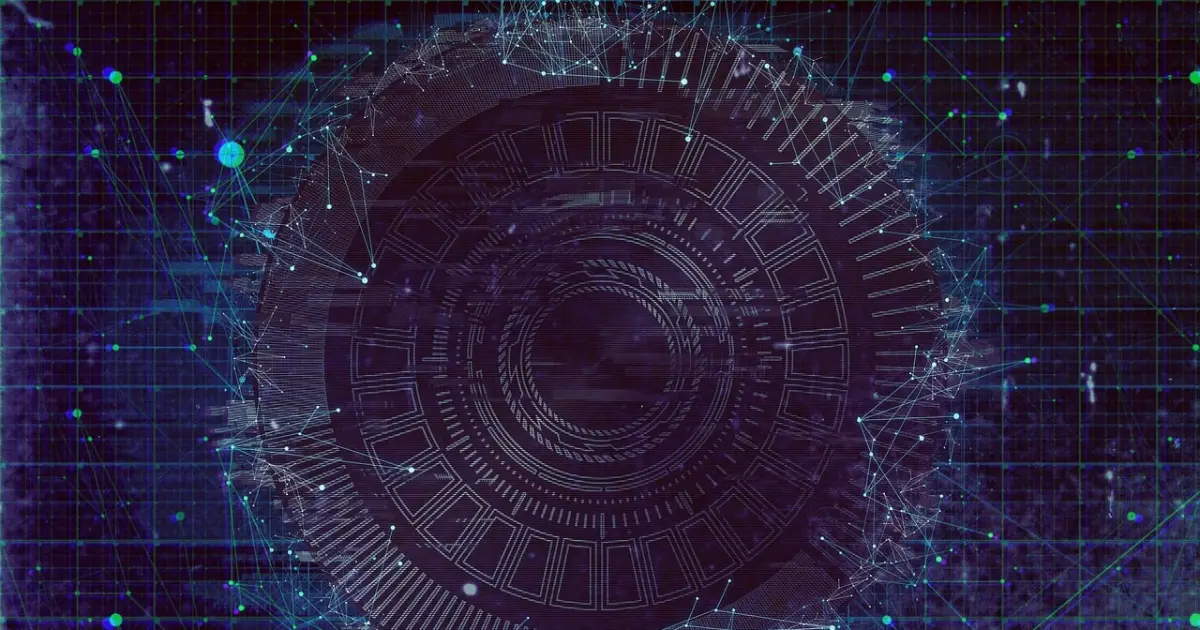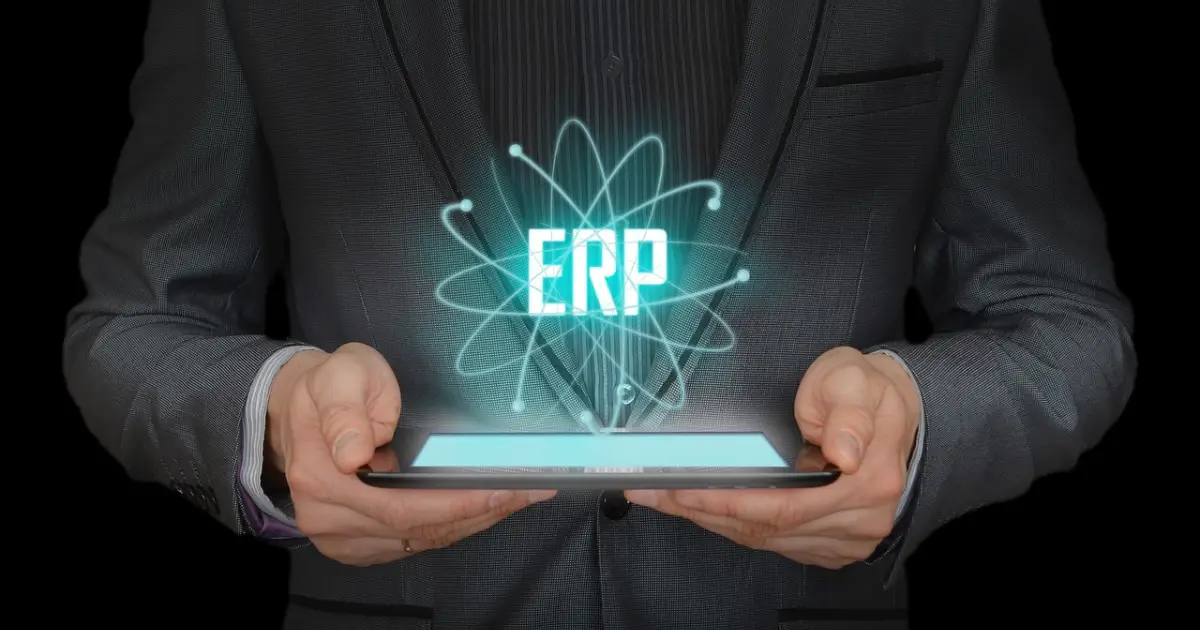focus notes


10 concrete examples of IoT! It is used not only in everyday products but also in agriculture and medicine.
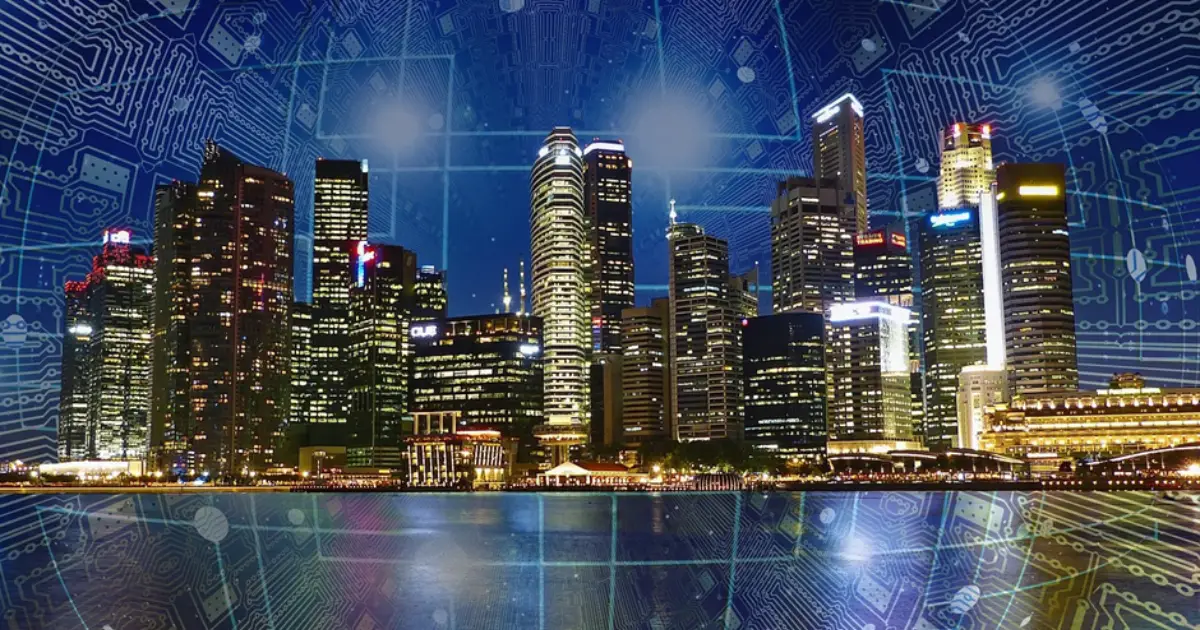
table of contents
“I want to know about IoT usage examples.”
“I want to know not only how it is used for general purposes, but also how it is used in business!”
Some people may have questions like this. IoT technology is used in the following ways.
- home appliances
- residence
- Hotel
- General business
- Health promotion field
- medical care
- sports
IoT technology is used in many fields and has now become an indispensable technology. It improves convenience for general use, and improves efficiency and automation from a business perspective.Depending on how you use it, you can also get other benefits.
Therefore, in this article, we will explain a wide range of usage examples of IoT technology, dividing it from a user perspective and a corporate perspective. By reading this article, you will understand the necessity and benefits of IoT, and you will also have a clear idea of purchasing IoT equipment or introducing IoT. If you don't know how to utilize IoT technology or would like to know more examples of IoT implementation, please refer to this site.
From the user's perspective! Explaining familiar use cases of IoT technology
Here we will explain some familiar examples of how IoT technology is used.
- smart home appliances
- Smart Hotel
- Wearable Devices
smart home appliances
IoT technology is also used in smart home appliances.Smart home appliances are home appliances that can work with smartphones and tablets and connect to networks. Using your smartphone or tablet, you can remotely control home appliances even when you are not at home.
Examples of collaboration between smart home appliances and IoT technology are as follows.
For products connected to networks, the development of new methods for transmitting recall information can be expected to improve recall recovery rates.
The company aims to improve recall collection rates by delivering recall information to users by applying technology to remotely control home appliances at home or in the office via a smartphone and a server. (F/S project implementation in FY2016)
Source: Ministry of Economy, Trade and Industry | Future development of product safety policy - Smarter product safety through IoT - Page 7 (as of January 24, 2024)
Because recall information is sent directly to consumers, it is expected that the recovery rate of recalled products will increase. This is important for ensuring the safety of consumers who use recalled products and for improving product quality control.
Prompt and accurate communication of recall information will not only ensure consumer safety, but will also contribute to increasing product brand credibility and customer satisfaction.
Smart Hotel
Smart hotels are another example of using IoT technology.A smart hotel is an accommodation facility that utilizes technologies such as IoT to improve facility productivity, improve guest satisfaction, and alleviate human resource shortages. It has the following advantages:
You can check in and out smoothly.
You can check in and out using the app or automatic check-in machine without having to line up at the front desk. There is no need to carry a key around.You can enter your room using facial recognition, etc., so you can go out on the town empty-handed.
All functions can be completed while lying down. Various functions (temperature/humidity, lighting, opening/closing curtains, room service, etc.) operate in response to your voice, so you can spend your time in bed without having to get up.
You can receive personalized services Rather than a uniform service, you can receive personalized services tailored to your individual hobbies and preferences.
Source: Ministry of Economy, Trade and Industry | Smart Resort Handbook: Utilizing digital technology to increase regional productivity and sustainability and create regions with high international competitiveness | Page 40 (as of January 24, 2024)
For example, keyless systems using biometric technology such as facial recognition eliminate the need for guests to carry physical keys. You will no longer have to worry about finding your keys every time you enter or leave your room. This means increased security while also improving convenience for customers.
In addition, smart speakers that respond to voice messages can be used to easily control the room temperature, humidity, lighting, opening and closing of curtains, room service, etc. Customers can receive the services they need while relaxing in comfort.
These have significantly changed the customer experience, making their stay more comfortable and convenient. It is expected to improve customer satisfaction and strengthen the competitiveness of hotels.
Wearable Devices
IoT technology is also being used in wearable devices.
| Volunteer-coordinated security using wearable cameras |
|
| Productivity improvement measures using name tag-type wearable devices |
|
Reference source: Ministry of Internal Affairs and Communications | Part 1 Special feature IoT, big data, and AI ~New value created by networks and data~ (as of January 24, 2024)
These examples show that wearable devices are making a significant contribution to improving safety, health, and efficiency. For example, in security applications, real-time video is transmitted from the event venue, enabling immediate monitoring and response at the control center. Multiple security guards are distributed throughout the venue to provide video and audio data, enabling wide-area monitoring.
As for behavioral data, it can measure the vitality of an organization and analyze employees' physical movements and communication patterns. For example, by analyzing the frequency of communication between employees, it can measure the vitality and teamwork within an organization and take measures to improve it. Depending on the system, it may also be possible to identify excessive stress and unhealthy work habits and ensure the health and safety of employees.
From a business perspective! Explaining examples of IoT technology usage
IoT technology is also used in business. Here, we will explain usage examples for each industry.
- manufacturing industry
- Agriculture
- medical care
- Logistics industry
- Industrial waste treatment
- Food chain (partial)
- construction industry
manufacturing industry
IoT is also being introduced in the manufacturing industry.
<③ Data analysis and learning>
Manufacturing line quality control program [Claim 1]
A production line quality control program that causes a computer to realize the following functions: receiving inspection result data representing the results of inspecting a product after a specified manufacturing process for each specified inspection item from an inspection device via a network, and storing the data in a database; receiving manufacturing condition data for when the product was manufactured from the manufacturing device via a network, and storing the data in the database in association with the inspection result data; having a neural network learn, through deep learning, the relationship between the inspection results of the inspection result data stored in the database and the manufacturing conditions among the manufacturing condition data that caused the non-conformity; monitoring the inspection result data stored in the database; and, when a non-conforming inspection result is discovered through the monitoring, using the trained neural network to estimate the manufacturing conditions that caused the non-conformity.
Source: Japan Patent Office | Regarding enhancement of case studies related to IoT-related technologies, etc. | Page 32 (as of February 28, 2024)
By collecting data, analyzing it, and using a system with learning capabilities, you can quickly identify product quality issues. This can greatly improve quality control methods in the manufacturing industry, and is expected to both improve production efficiency and product quality.
Agriculture
In the field of agriculture, IoT technology is being used to improve work efficiency and save labor.
Introducing the “Commute Farming Support System”...
① Temperature control of the greenhouse ○ Raising rice and onion seedlings → Determining whether to open or close the side windows of the greenhouse○Anthurium → Turning on/off heating, determining the impact of earthquakes on equipment
② Irrigation management ○ Raising strawberry seedlings and Gypsophila cultivation → Judging the amount of water and irrigation equipment settings
Source: Agriculture, Forestry and Fisheries Technology Conference | Empirical research on radioactive material countermeasures for recovery from the nuclear power plant accident | Page 17 (as of February 28, 2024)
The system allows you to maintain the required temperature conditions. The greenhouse's automated window operations adjust the temperature and humidity inside to ideal conditions to promote plant growth.
What's more, precise scheduling and automatic adjustment of watering amounts based on plant type can help keep your plants healthy and potentially lead to higher yields and higher quality crops. Such automated management has the potential to reduce human error and improve agricultural efficiency and outcomes.
medical care
There are also cases where it has been used medically.
It is a small wearable device that is attached to the body of diabetic patients and can support insulin therapy. It has the functions of ``monitoring blood sugar levels, administering insulin to lower blood sugar levels, and administering glucagon to increase blood sugar levels,'' and has the potential to reduce the cost by half compared to conventional insulin administration.
Reference source: Ministry of Internal Affairs and Communications | Part 1 Special feature IoT, big data, and AI ~New value created by networks and data~ (as of February 28, 2024)
With this device, patients can check their blood sugar levels at any time and quickly detect sudden changes in blood sugar levels. This will help reduce the risk of fluctuations in blood sugar levels.
It also allows for efficient management of blood glucose levels by automatically administering insulin when blood glucose levels are high and glucagon when blood glucose levels are low. This automated system can properly regulate insulin needs and prevent overuse, potentially reducing treatment costs considerably.
Logistics industry
There are also cases where it has been introduced in logistics.
Logistics example) Real-time tracking
Source: Japan Patent Office | Regarding enhancement of case studies related to IoT-related technologies, etc. | Page 5 (as of February 28, 2024)
By accurately understanding the location of packages and vehicles in real time, you can provide accurate location information to your customers. This makes the delivery process more transparent and increases customer satisfaction. Furthermore, transportation efficiency may be improved by streamlining transportation routes, alerting on traffic congestion and delays, and quickly selecting alternative routes.
Industrial waste treatment
IoT technology is also being introduced in the treatment of industrial waste.
Kyoto Prefecture is taking the lead in the nation in building and promoting a "new resource circulation model" that utilizes AI and IoT technology in order to promote the effective use of the three types of industrial waste that have large amounts of final disposal.
(1) Construction waste measures: Support for the introduction of AI sorting robots for the purpose of recycling construction waste
(2) Measures against waste plastics: Building a recycling model through efficient waste collection using sensors
(3) Measures against sewage sludge: FS study for building a matching system between waste dischargers and recycling destinations
Source: Kyoto Prefecture | Chapter 3 Attempts to utilize AI and IoT in resource circulation | Page 1 (as of February 28, 2024)
We are improving the collection and recycling flow of waste plastic by developing a new collection system using sensor technology. This initiative may enable efficient recovery of waste plastics and increase recycling efficiency.
Food chain (partial)
Some food chains are aiming to reduce food loss by utilizing IoT technology.Although these are still demonstration experiments, the following initiatives are underway:
1.Purchasing support using purchasing data
2.Inventory management by acquiring consumption and waste data
3.Cooking support using data
4.Purchase promotion using gamification
5. Demand-based supply and demand forecasting using consumption and waste data
Source: Ministry of Economy, Trade and Industry | FY2021 Infrastructure construction project related to streamlining distribution and logistics and creating added value Creation of examples of food loss reduction using IoT technology Overview of demonstration experiments | 7 pageseye(As of January 24, 2024)
Data collection through weight sensors and Bluetooth tags, for example, allows organizations to understand exactly how much food is sold and how much is wasted, enabling more data-driven food management. This will help prevent excess inventory and reduce unnecessary waste.
Above all, reducing food waste can also contribute to reducing the environmental burden associated with waste disposal. Food waste places a burden on the environment during processing processes such as landfilling and incineration, so reducing this will help protect the environment. Of course, a certain amount of energy is also consumed in transporting and storing food. By reducing the amount of food that is wasted, it is possible to reduce energy consumption.
construction industry
IoT is also being introduced to the construction industry.
③Construction using ICT construction machines Automatically control ICT construction machines using 3D design data and implement IoT (*) at construction sites.
Source: Prime Minister's Office | i-Construction ~ Productivity revolution at construction sites ~ | Page 2 (as of February 28, 2024)
Judging from the sentence ``Implementing IoT at construction sites,'' it can be inferred that sensors and internet technology will be used to monitor and manage the status of construction machinery and work environments in real time. This may enable further operational efficiency and appropriate on-site management.
Explaining frequently asked questions related to IoT
Here we will explain frequently asked questions related to IoT.
- What is IoT?
- What can be achieved with IoT?
What is IoT?
IoT is an abbreviation for "Internet of Things" and is a technology that connects things to the Internet.This technology enables various devices such as home appliances, automobiles, sensors, and industrial equipment to exchange information via the Internet, making them more automated, efficient, and smart.
Additionally, the IoT system consists of the following five elements.
- Things (devices/sensors)
- network
- gateway
- Server Cloud
- application
Devices are at the forefront of IoT systems and act as data collectors, such as sensors that detect and collect environmental factors such as temperature, humidity, motion, sound, and light.
The data is then sent through the network to other systems. A gateway is the bridge between the device and the network.
The received data is then stored and processed on a server or cloud. Here the data is analyzed, converted into useful information and sent to other systems and devices as necessary. This data can be checked from a smartphone, etc., and the user can control it from an app.
For more information on IoT, please refer to the following article.
IoT stands for Internet of Things! Explaining how it works, what it can achieve, and examples of its implementation
What can be achieved with IoT?
We have explained various examples so far, but there are roughly three things that can be achieved with IoT.
- Automation of things
- Collection and accumulation of big data
- Remote control and operation
Using IoT technology, tasks that were previously done manually can be automated. For example, robots equipped with learning functions could take over factory production lines. It is also possible to collect and store big data. By collecting detailed customer attributes and data and analyzing product purchasing trends, it is possible to provide more customized services. In addition, remote control and operation are also possible.
If we can effectively utilize IoT technology, we can make our lives more convenient. On the business side, it will also lead to more efficient operations, accurate information collection, and appropriate safety management.
summary
This time, we have explained a wide range of usage examples of IoT technology, divided from the user perspective and the corporate perspective. IoT is a technology that is useful in all aspects, including improving productivity, increasing sales, resolving labor shortages, improving safety, and promoting health.
It will be possible to solve problems that could not be solved before and carry out business more efficiently. If you are considering introducing IoT, please feel free to contact us.
Achievements left behind
48 years since its establishment.
We have a proven track record because we have focused on what is important.
It has a long track record in both the public and private sectors.
Number of projects per year
500 PJ
Annual number of business partners/customers
200 companies
Maximum number of trading years
47 years
Total number of qualified persons
1,870 people

